With 9 Different NBA Champions in 12 Years, Can Any Modern Star Ever Rival Jordan or LeBron?
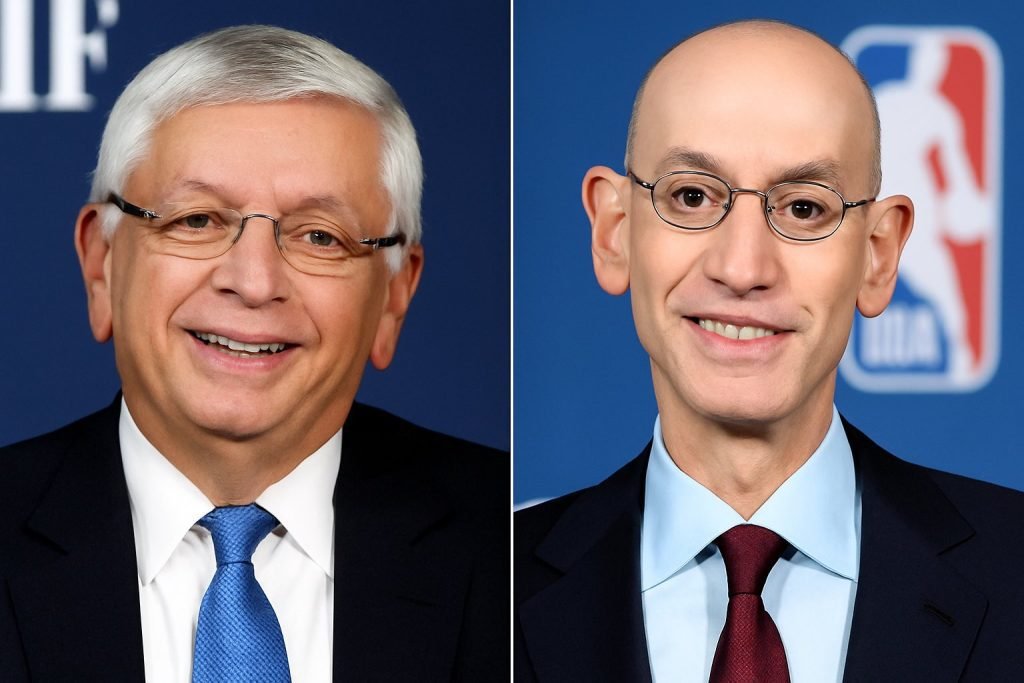
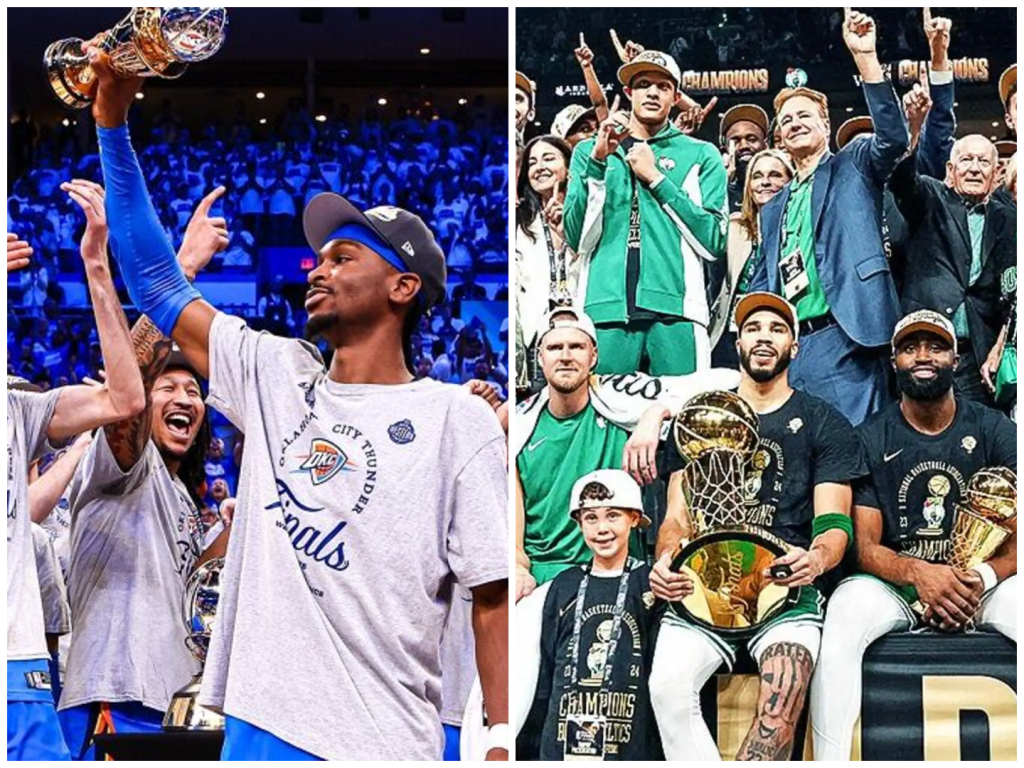
Imagine a world where the best players can’t stretch their greatness over years—where being truly great doesn’t guarantee the spotlight of legacy. That world is the modern NBA under Commissioner Adam Silver. In his 12 seasons, there have been nine different champions. Under David Stern, over 30 years, there were only eight. That’s a seismic shift—and it’s redefining everything we thought about greatness, fandom, and what it takes to be legendary.
Dynasty vs. Parity: What Legends Actually Need
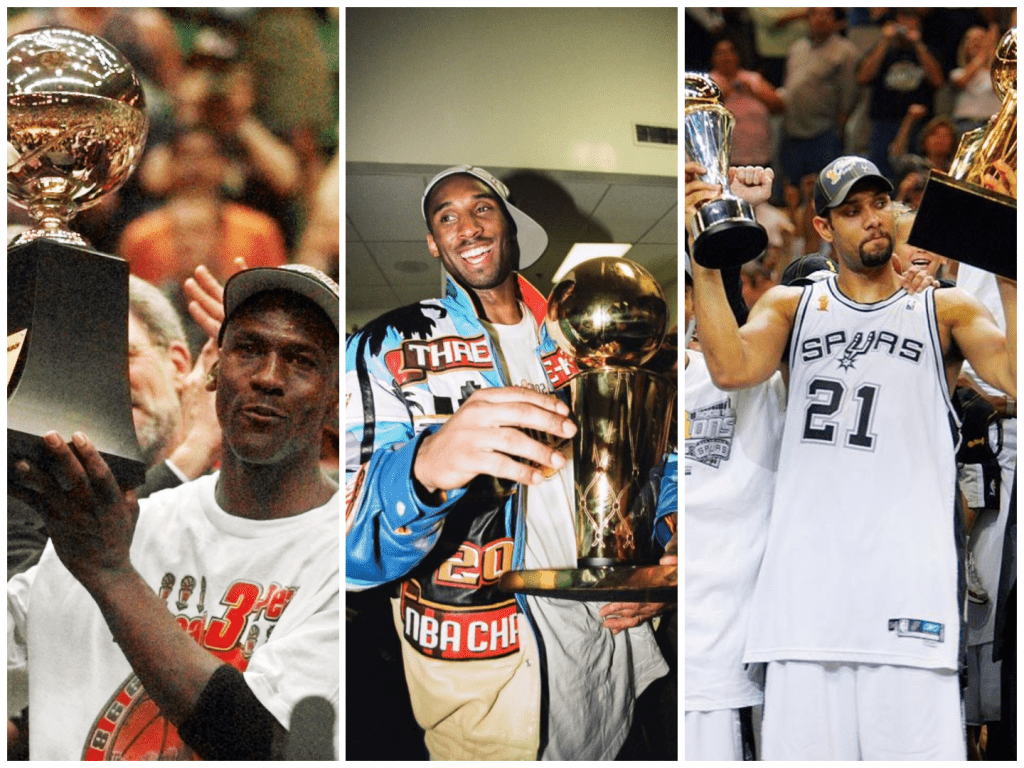
Once upon a time, the NBA felt like a stage for epic tales—Jordan’s six championships, Kobe’s back-to-back Lakers, Duncan’s Spurs ruling the early 2000s. To be considered great, you needed more than one ring. You needed multiple seasons of dominance and head-to-head rivalries. Remember Celtics vs. Lakers? Bird vs. Magic? These stories captured hearts because they lasted, year after year. They felt real and raw.
Fast forward to today. In 2025, the Oklahoma City Thunder won their first title since moving from Seattle—beating the Pacers in a thrilling Game 7. That made seven different champions in seven years. This isn’t just a fluke. The NBA now punishes long-term star stacking with taxes and spending restrictions—rules designed to level the playing field. And it’s working.
That’s good for many reasons. Every city gets hope. Every team thinks, “We can win.” Fans in smaller markets like Oklahoma City and Indiana finally feel represented. But here’s the emotional rub: the league feels unpredictable, almost disposable. If stars can’t build long-term legacies, fans lose the emotional anchor. Who’s the next Jordan or LeBron when every season brings someone new?
You don’t become a legend from one big year. You become a legend by building an era—by creating a run so undeniable that people can’t look away. That’s what dynasties gave us. That’s what parity might be taking away.
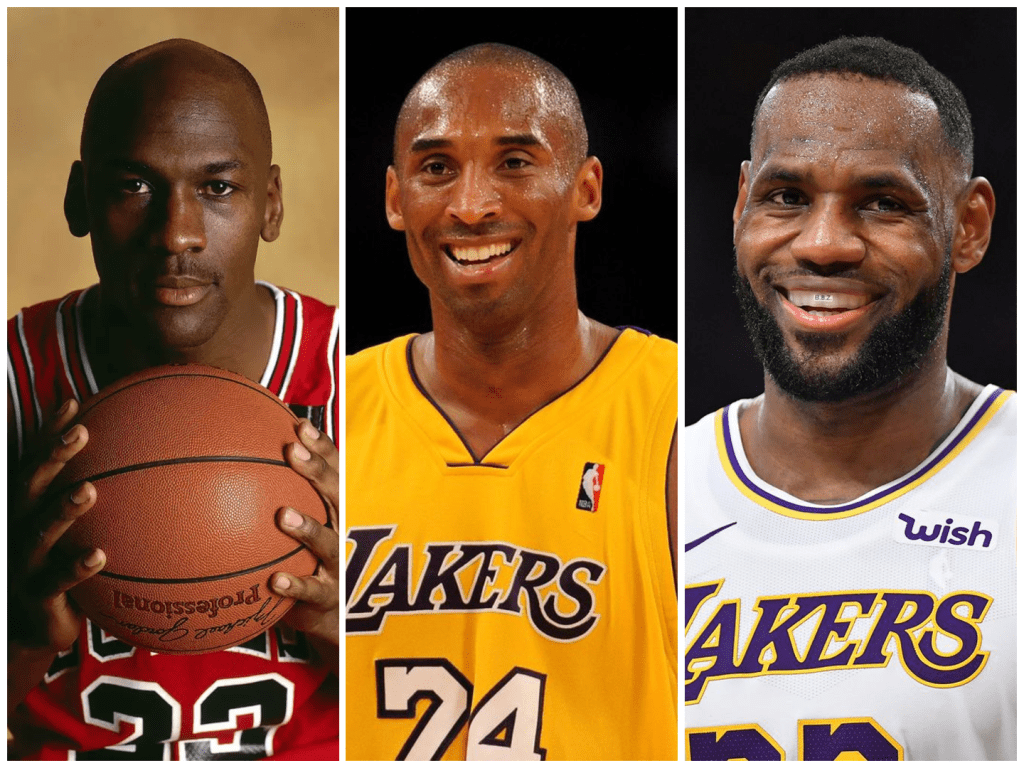
The Unspoken Cost of Too Much Parity
Parity sounds fair on paper. But the truth is, the NBA was never built on fairness alone—it was built on greatness. And greatness takes time. In the last decade, titles have gone to teams that feel like one-hit wonders, not multi-year dynasties. Yes, it’s exciting to see new faces in the Finals. But it also makes it harder for any one player or team to capture the culture.
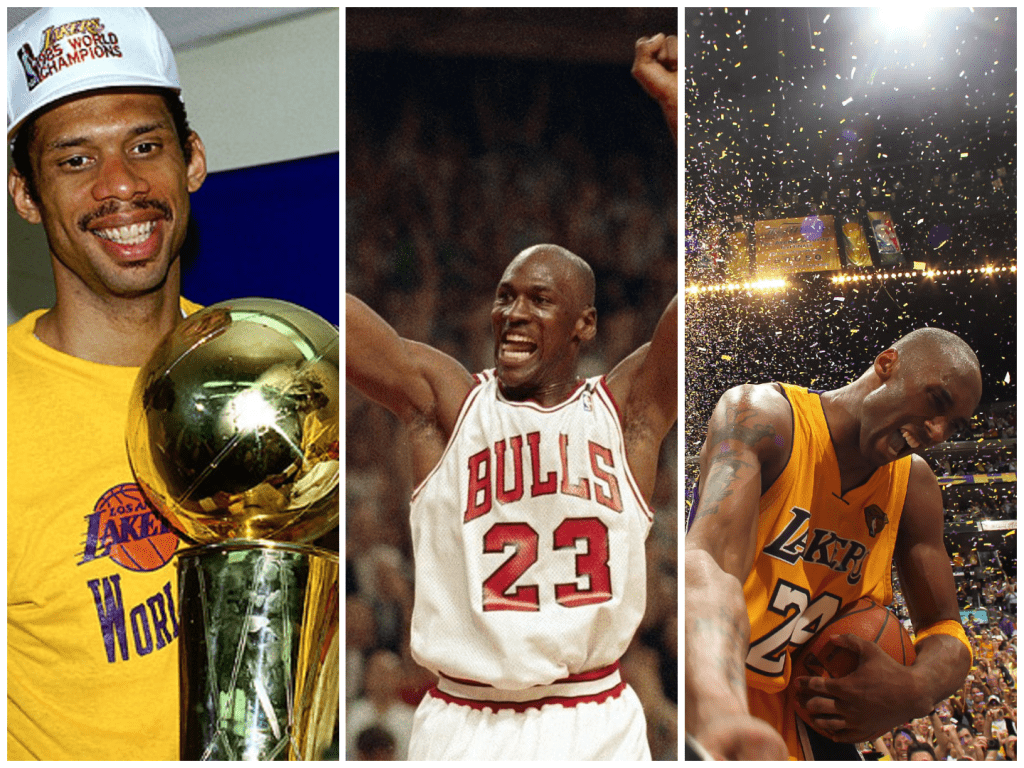
Look at the stars today. Kevin Durant, for all his skill and titles, still battles a legacy narrative that he “joined a superteam.” Giannis won a ring, but injuries and shifting rosters have kept him from building a dynasty. Jayson Tatum, Devin Booker, Nikola Jokic—phenomenal players, but none of them have repeated yet. It’s hard to even agree on who the “face of the league” is anymore.
In the past, that was never a question. In the ’90s, it was Jordan. In the 2000s, it was Kobe. In the 2010s, LeBron. These were more than players—they were anchors for generations. They gave fans someone to root for, or against, for a full decade.
Now? Players move faster. Teams are reshuffled every year. Salary caps and luxury tax rules prevent any roster from staying dominant for too long. It’s like we’re watching a new show every season—with no recurring cast. And without consistency, how do you build a legacy?
Adam Silver is proud of this parity. He said the Thunder vs. Pacers Finals was just as worthy of celebration as any previous big-market matchup. And he’s not wrong—it was fresh, intense, and full of storylines. But that doesn’t erase the other truth: casual fans don’t form lasting bonds with teams that change too often. And legacies aren’t built in a year—they’re built across eras.
Even now, many fans are nostalgic for the Warriors dynasty or the Heatles era with LeBron, Wade, and Bosh. Those teams gave us repeated Finals matchups, villain arcs, redemption stories, and signature moments. That’s what sticks in people’s minds. A new champion every year sounds fun, but it also waters down the weight of winning.
What We Might Be Losing
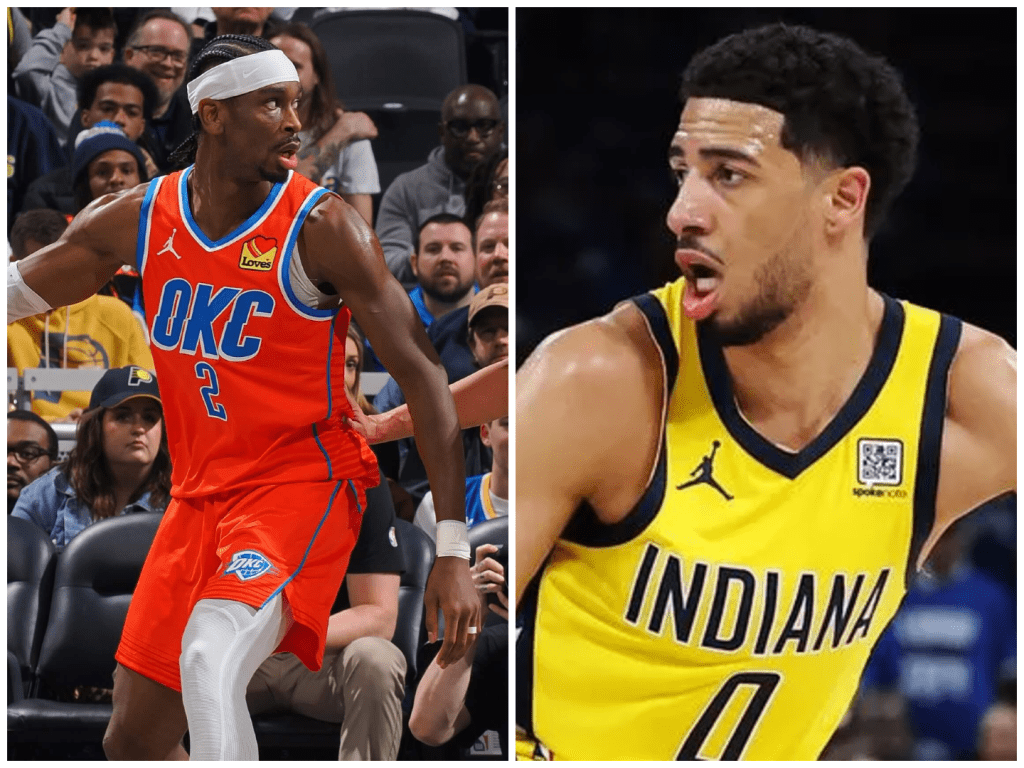
There’s nothing wrong with giving every team a shot. But when the goal becomes balance over brilliance, something sacred gets lost. The NBA thrives on moments that define generations. If we cycle through champions too quickly, we lose the emotional investment. Players become stats, not symbols.
Ask any old-school fan: watching Jordan win six titles wasn’t boring—it was legendary. Watching Shaq and Kobe fall apart, then rebuild, then rise again—that was drama. Seeing LeBron battle the Warriors four years in a row? That was history in the making. These weren’t just games—they were sagas.
Now we’re getting snapshots. One-year moments. Fleeting victories that don’t feel like chapters in a bigger story. It’s harder to connect. It’s harder to care long-term. And it’s way harder for a young player to become the next icon if they’re lost in a sea of rotating champions.
The NBA doesn’t need to kill parity. But it needs to ask itself a hard question: Are we building a league where legends can still rise and reign? Or are we just chasing constant change because it looks exciting on the surface?
Basketball is about more than highlights. It’s about legacy. And legacy needs time.